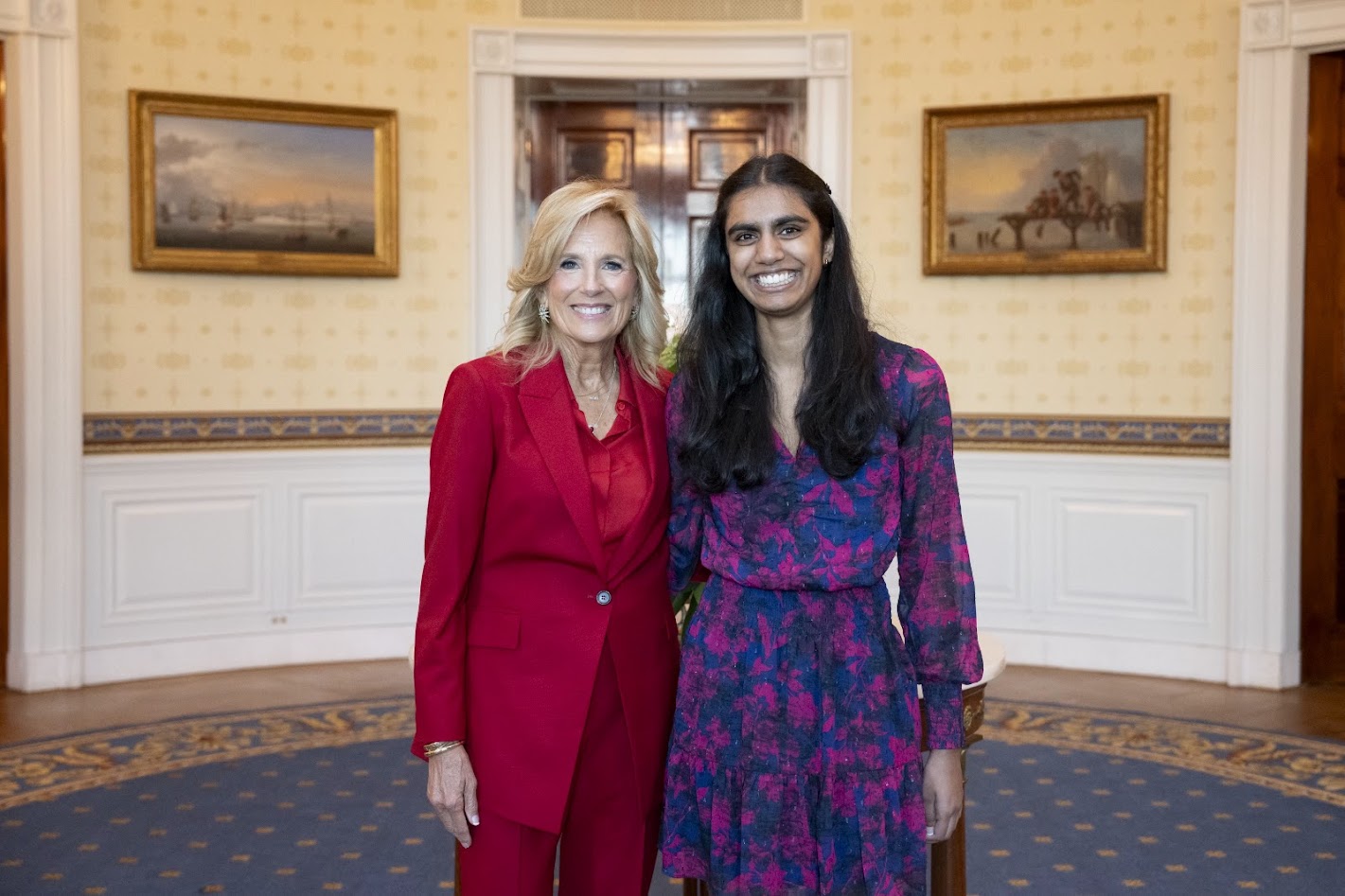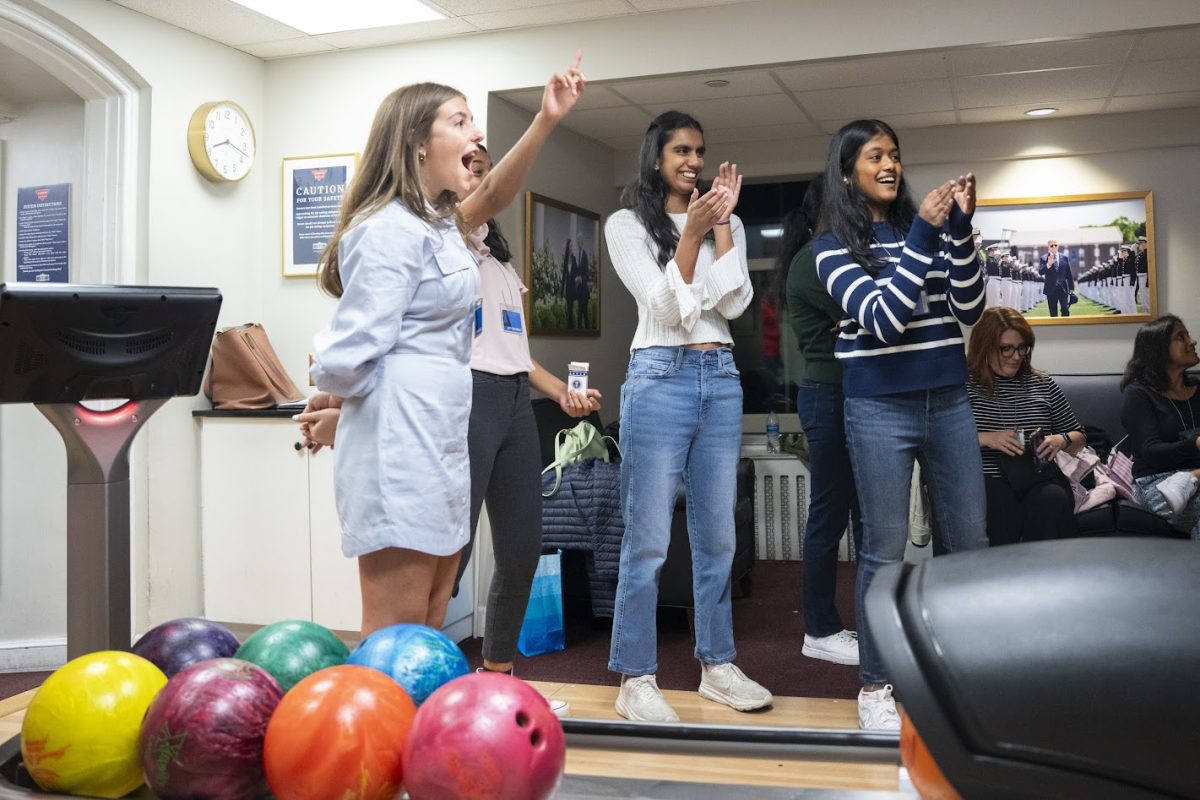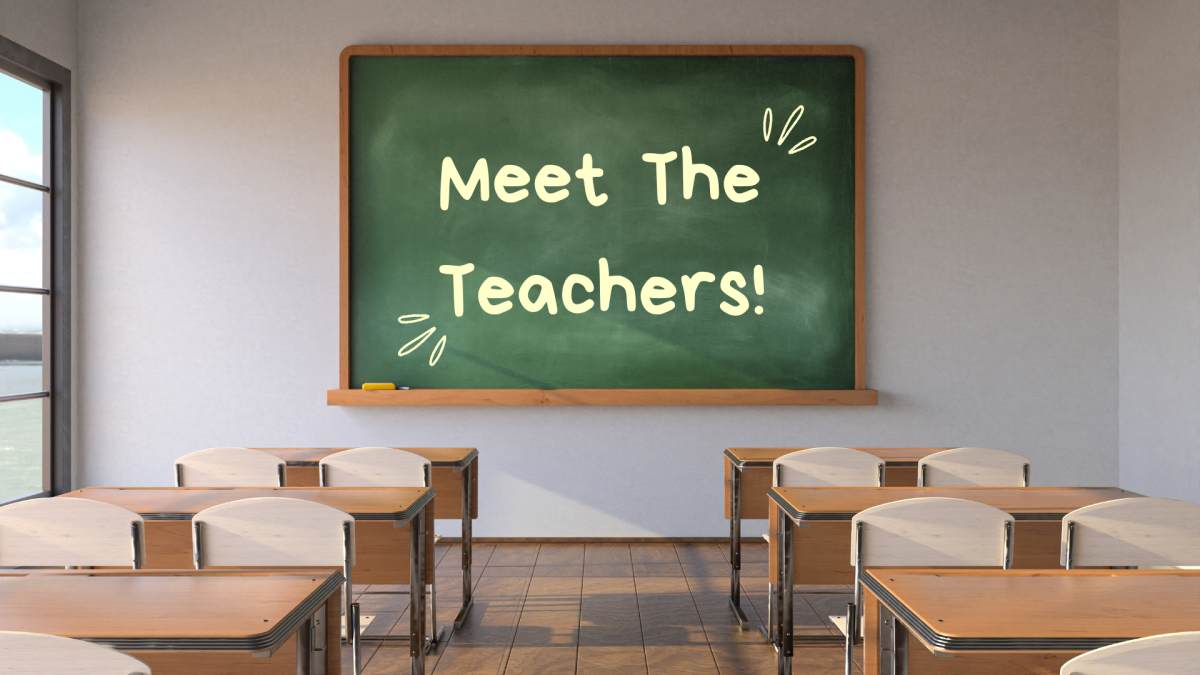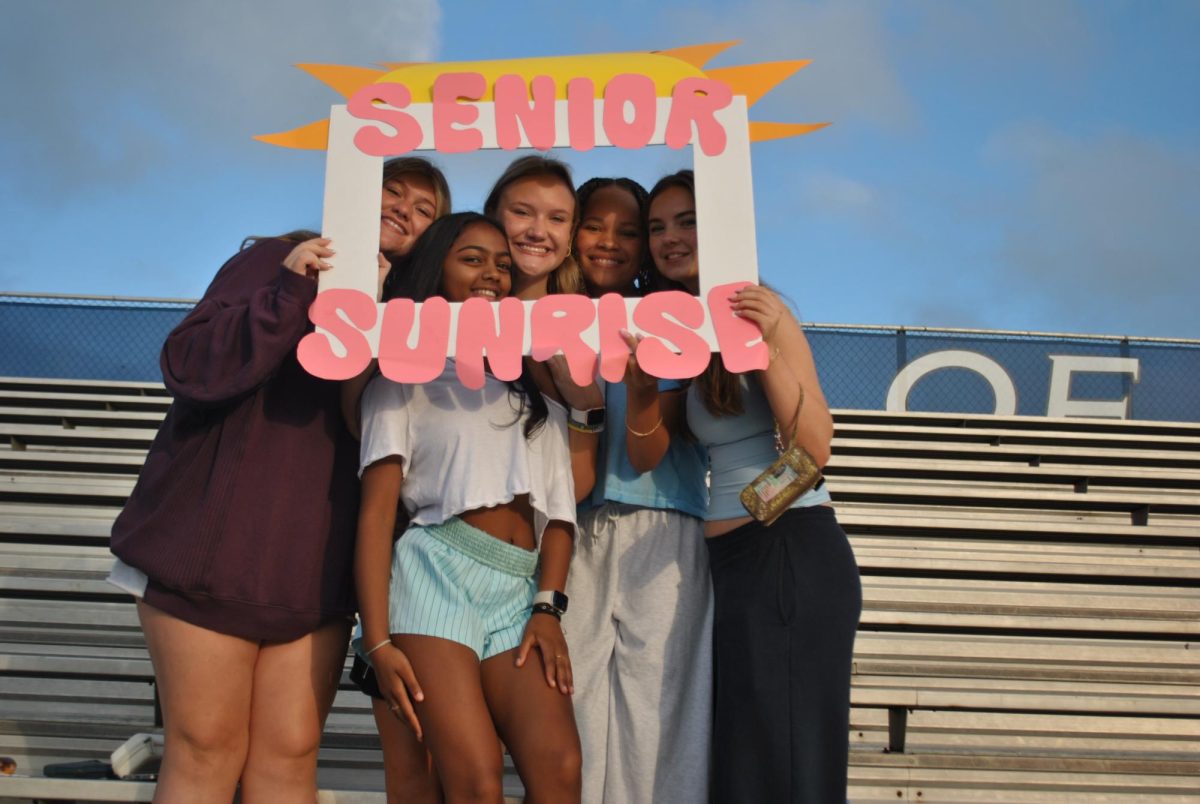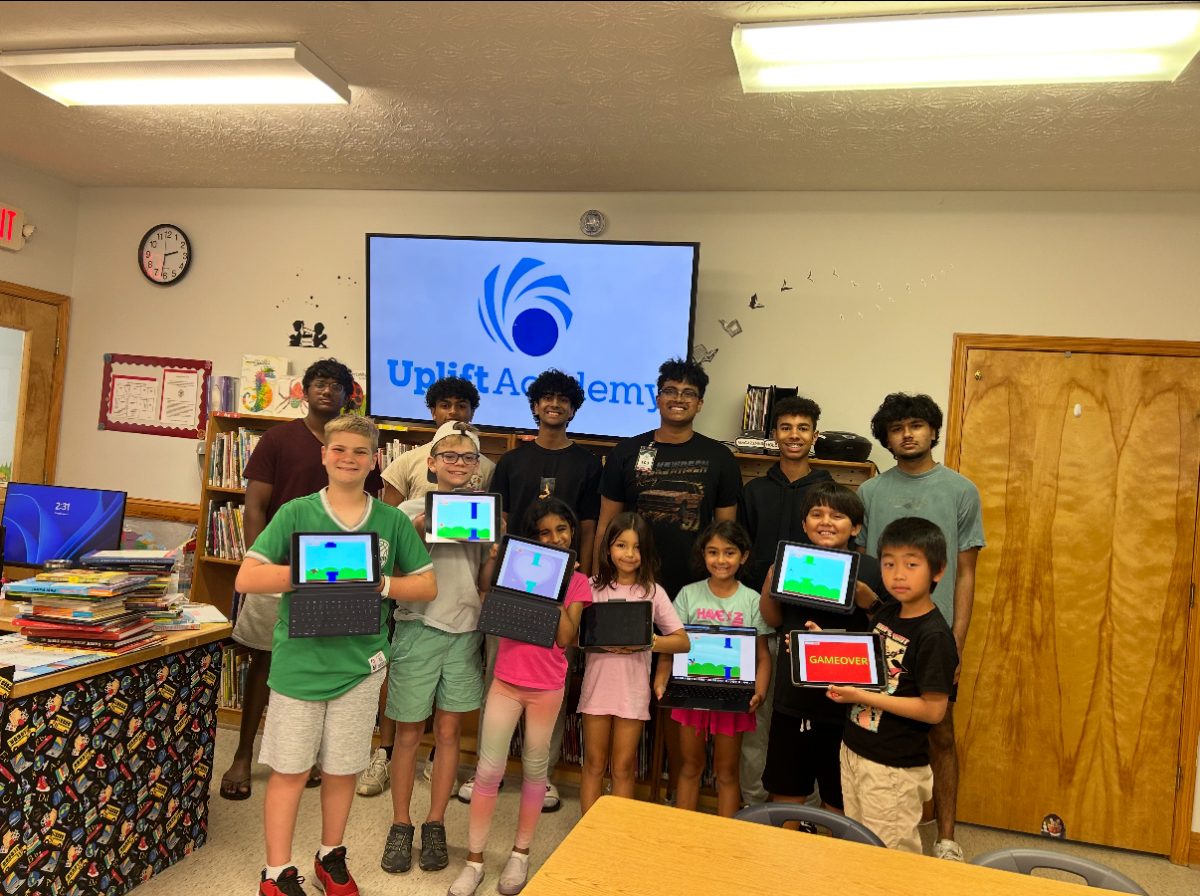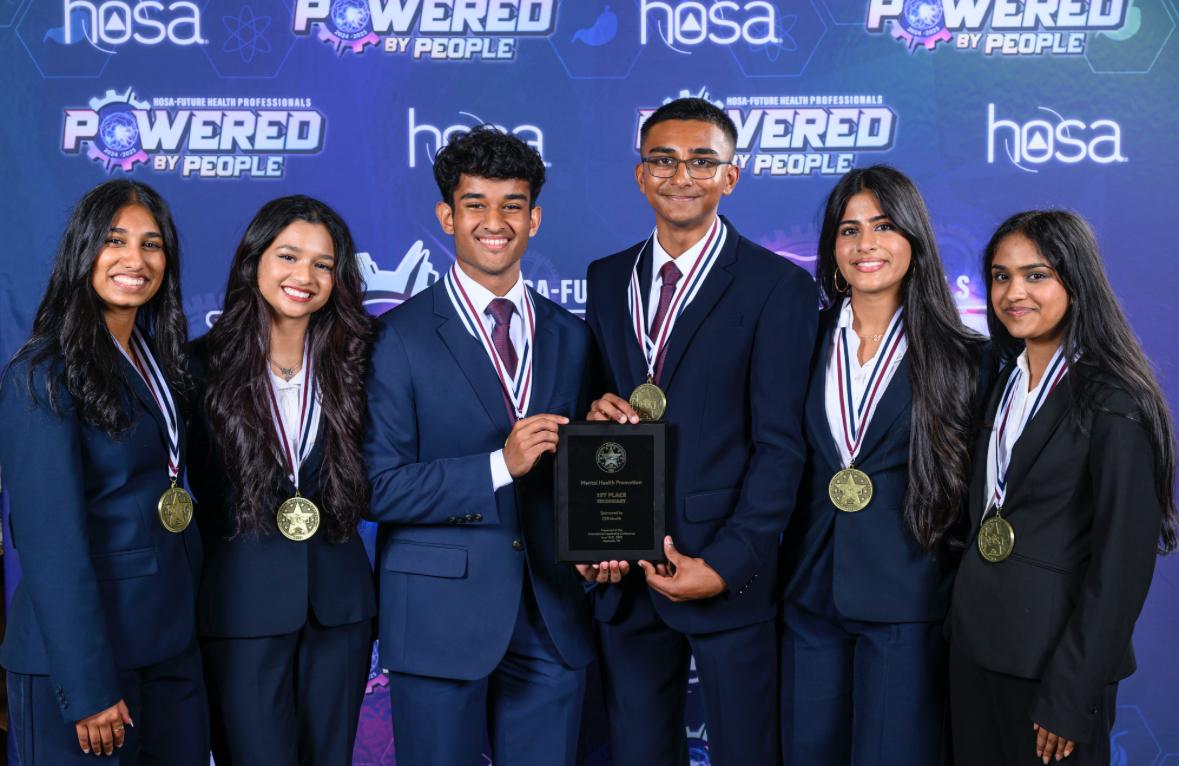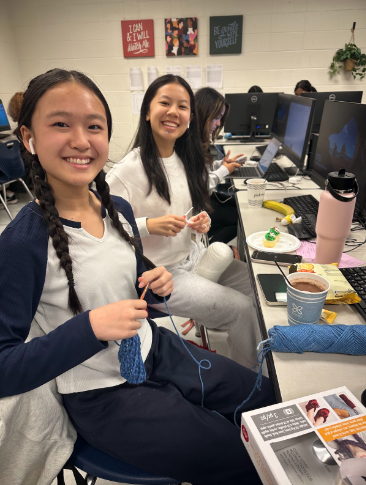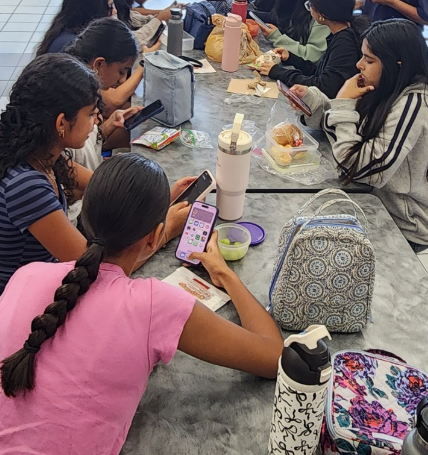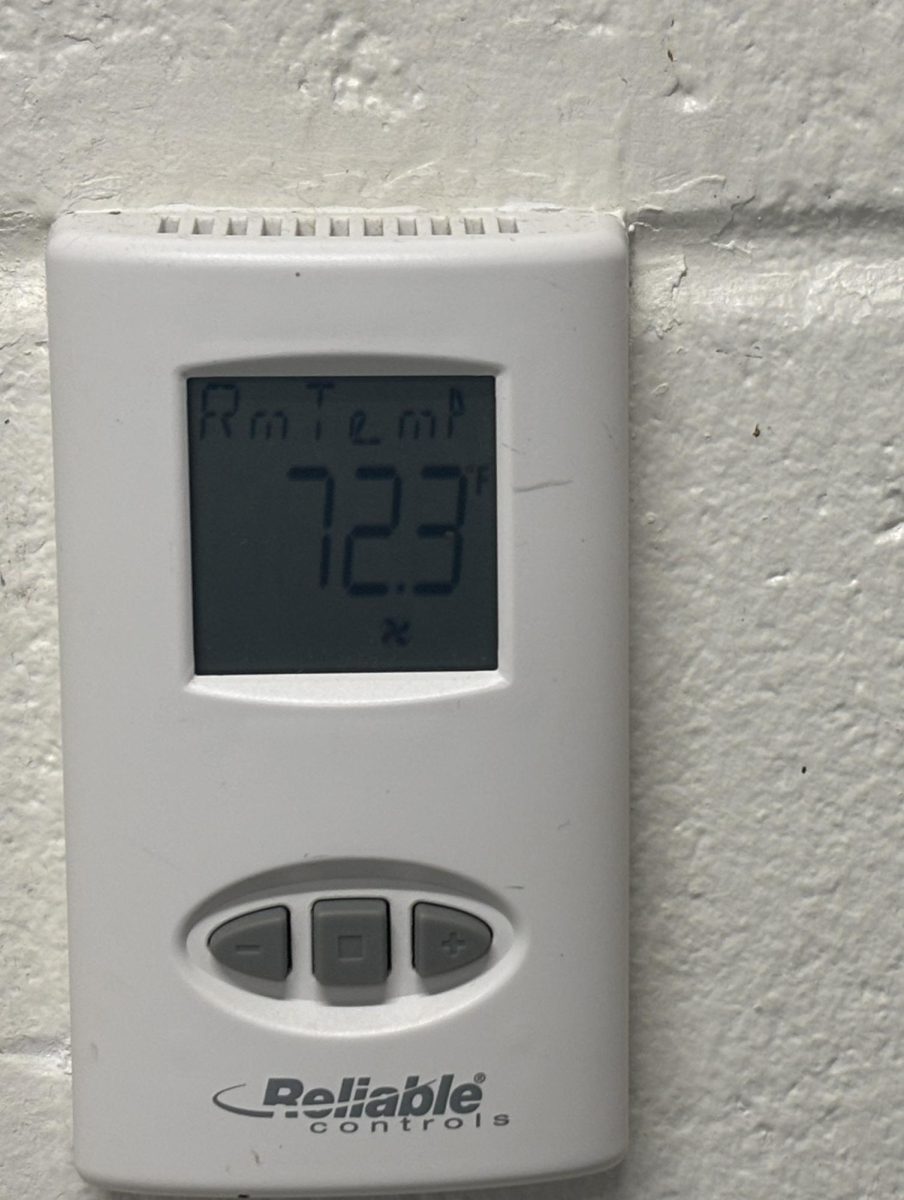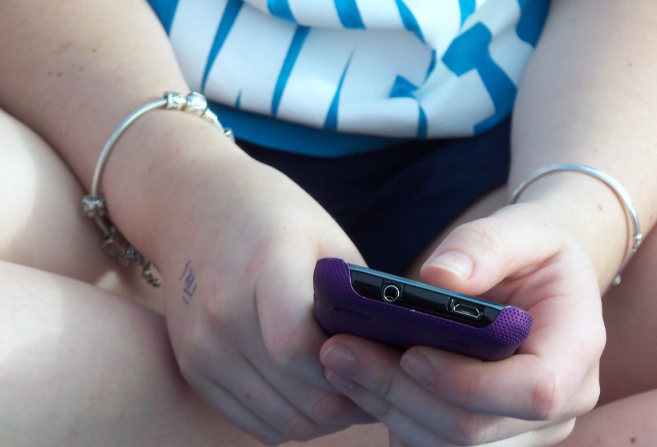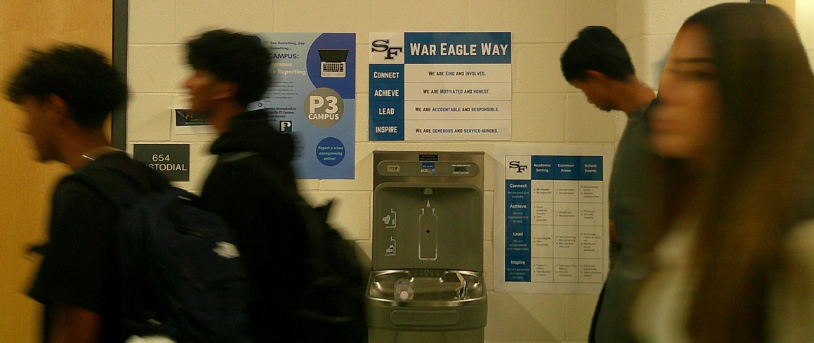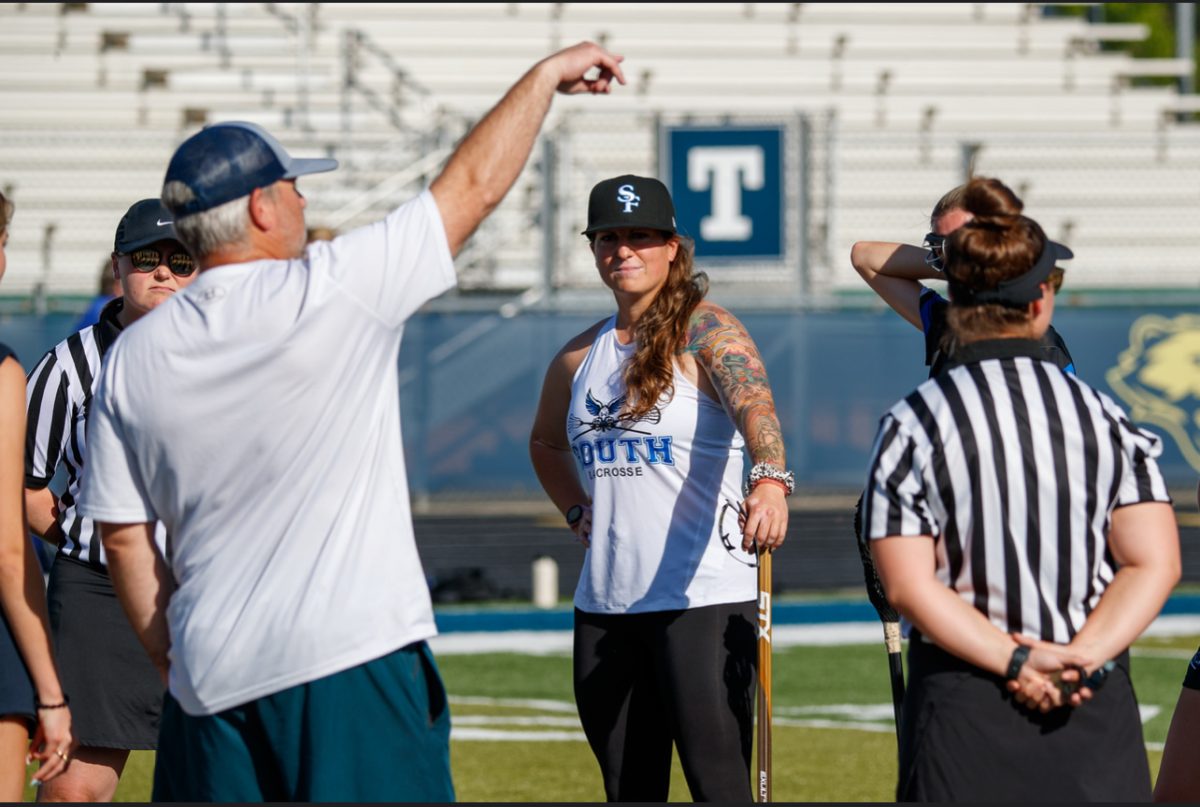Love conquers all.
Those words may seem corny or even empty to some, but for 17-year-old SFHS student Pragathi Kasani-Akula, they’ve defined her life.
When her mother was diagnosed with breast cancer, Kasani-Akula began conducting research on how she could use her passion for science to help low income families navigate the medical implications of the disease.
Many children of sick parents express similar desires to help; Kasani-Akula is one of the few who made it happen.
As a Junior, she invented a low-cost, less-invasive method to screen for breast cancer, efforts which led her from the classroom, to the lab, to the footsteps of the White House, where she was recently honored for her contributions to her community as a “Woman of Courage.”
Making Herstory
In a school teeming with smart and motivated students, Kasani-Akula could have easily been just another brilliant straight-A student. She could have fallen into the well-traveled path that many students take: wake, study, sleep, repeat.
But outside the classroom, Kasani-Akula faced a harsh reality that came to reframe her life.
Her family has a history of breast cancer, winding through her family tree until she came face-to-face with it. “In my family, my Mom is a breast cancer survivor and so is my Grandma and my Aunt. So it’s not just [my mother],” she said.
Witnessing their experiences made her familiar with the widespread issues many women encounter in the tremendous costs of breast cancer screening, only the first step in detecting cancer.
“Breast cancer is a pretty common thing,” Kasani-Akula said. “I realized during COVID that my family is really lucky that we have access to timely screening. All three of my family members: my Mom, my Grandma and my Aunt, had early detection and because of that, they were able to make a full recovery very quickly.”
A lack of access to screening could prevent women from receiving potentially life-saving treatment— a bleak reality that struck a note with Kasani-Akula and triggered her interest.
“A large portion of cancer related mortality is due to late detection,” she said. “Women who don’t get their mammograms miss [detecting] cancer. Mammograms are really expensive and you need one every single year.”
Screening for breast cancer per beneficiary costs $353 on average, according to the US National Library of Medicine, but such costs can vary depending on the socioeconomic status of patients and their specific insurance provider.
Additionally, in 2023, about 19% of women ages 19–64 reported being uninsured for healthcare according to The Commonwealth Fund. Women who live below the federal poverty line are also 200% more likely to be uninsured.
Sky-high screening costs paired with a large proportion of uninsured
women is just a testament to the lack of security many women face in the process of breast cancer diagnosis and treatment. Screening and mammograms are also only the first step in detecting breast cancer, and more screenings and medical evaluations must follow to address the disease.
Her motivation solidified, Kasani-Akula began her journey into cancer research, putting all her best efforts into creating a less expensive breast cancer screening process.
“I wanted to see if there [was] a way we could make a lower cost, less-invasive way to screen for breast cancer,” Kasani-Akula said.
The Tiniest Hope
From her Science Olympiad origins in “Disease Detectives” to actually designing a test for triple negative breast cancer, her love for science has shaped her work through and through.
After studying high school epidemiology textbooks with her friend, she ventured into chemistry while prepping for Science Bowl in middle school. This was her introduction to nanoscience, the science of “really tiny nanoparticles”.
Kasani-Akula’s screening method uses specific nanomaterials called carbon dots, which are incredibly small carbon molecules polarized with nanoparticles. To truly understand how miniscule these particles are, on scale, the wavelength of visible light is hundreds of nanometers (nm), whereas these carbon particles are less than 10 nm.
Her test has three main components: carbon dots, magnetic nanoparticles, and conjugates. In essence, she synthesizes different color carbon by coupling a conjugate with the magnetic nanoparticles to then create a fluorescent carbon dioxide.
This way, after shining UV light into the fluorescent material, visible light is created. The resulting material is magnetic and binds with a specific RNA molecule, called an aptamer.
Enter the exosomes.
Every cell creates extracellular vesicles called exosomes which are responsible for transporting materials within the cell and between cells, ensuring cellular communication is smooth.
However, when it comes to cancer, these organelles, specifically the C9 exosome, can contribute to the progression of tumors.
The test works by putting synthesized nano architectures in a blood serum. If the triple negative breast cancer “exes” them, they’ll bind to that.
“Since it’s magnetic, you can remove it using a magnet,” Asani-Akula said. “Then if you view it under [a] fluorescent microscope, there’s bright spots, which are a telltale sign that the X is almost present, and the patient has triple negative breast cancer.”
Asani-Akula credits much of her success to other scientists working across multiple fields, as well as the professor under whom she conducted this research.
“My work is a synthesis of a lot of different cool inventions and applying them to solve a real-world problem,” Kasani-Akula said. “I take a lot of inspiration from the professor who I worked with. He does so many different cool things on ways of detecting diseases.
Women of Courage
The Women of Courage Award is awarded by the US Secretary of State to women all over the globe every year, recognizing their contributions to their communities. In October 2024, the Biden Administration expanded the program to recognize younger girls.
First Lady Jill Biden began a project called Girls Leading Change to celebrate the International Day of Girl. This initiative aims to award 9 girls on International Day of Girl who are forging change in their communities.
Kasani-Akula was surprised when she learned she’d been nominated by the First Lady to be one of the 9 awardees.
“My dad knew [I was selected] but he wasn’t allowed to tell any of [our family],” Kasani-Akula said. “It was supposed to be a surprise for all of us. Then my dad said, ‘OK, they’re going to call you and tell you about your decision,’ and took a video and recorded as we all reacted.”
Part of her award was the opportunity to attend a day-long conference in the White House.
“It was just such a crazy feeling because no one in my family has ever gone inside the White House,” she said.
The love for family that motivated Kasani-Akula was brought full circle when she was able to bring her entire family to attend the awards ceremony.
“I got to take my mom, my dad and my grandparents,” she said. “My Grandpa actually was a teacher back in India. I don’t think they ever would have thought that their chil
dren [would] come to America. I come from a farmer family. Where I come from in India there were no schools in my village until my Grandpa was eight or nine years old, and even after that [they were] very poor schools.”
Kasani-Akula’s grandfather was the first member of her family to attend middle school, high school and then college. Her parents both earned PhDs and were the first in their families to immigrate to America.
“I think [my grandfather] never would have imagined being able to go inside the White House,” she said. “I’m just really glad that I could bring them there.”
The White House visit was filled with activities, interviews and opportunities to speak with attendees and audience members. They were also able to meet both the First Lady and President Biden, whose appearance was unexpected.
“[At the end] the First Lady was closing it out and she said ‘I’d like to t
hank my granddaughter for coming,’ and she pointed at her granddaughter and she said, ‘and also my husband Joe,’ and everyone turned around and no one knew he was standing there the whole time,” she said.
Kasani-Akula also got the opportunity to meet many other girls and women leading change from around the nation like her.
“I learned a lot [speaking with them],” she said. “Breast cancer it’s not something that impacts my family alone, it impacts so many women even now at an increasing rate, especially younger women now. A lot of my fellow nominees’ moms were going through breast cancer diagnosis or had already been through one. Just talking to so many women, it really strikes a note. It’s really a story that impacts everyone and [I know] my work could one day help women live more empowered lives by not having to be bogged down in so much treatment and hopefully detecting [their cancer] earlier.”
‘You don’t have to be overwhelmed’
Above all, Kasani-Akula wishes to make a lasting impact on girls now and girls to come, perpetuating that cycle of ideation and inspiration, creating a change that can last generations.
“Something that I win is not necessarily my win [but] everyone’s win for all the girls who are watching and my family who’s watching,” said Kasani-Akula. “That’s honestly the biggest happiness I could have is knowing that my work really impacts other people.”
As she continues her journey, Kasani-Akula leaves SFHS students with some valuable advice:
“Look at what problems the people around you are facing,” she said. “You don’t have to be overwhelmed by the idea of solving every problem, but if you start small and as long as you really care about what you’re trying to do, you’ll make [change].”
Sources:
- “Understanding Regional Variation in the Cost of Breast Cancer” by the National Library of Medicine
- “Health Care for Women: How the U.S. Compares Internationally” by The Commonwealth Fund
- https://www.state.gov/secretary-of-states-international-women-of-courage-award/


